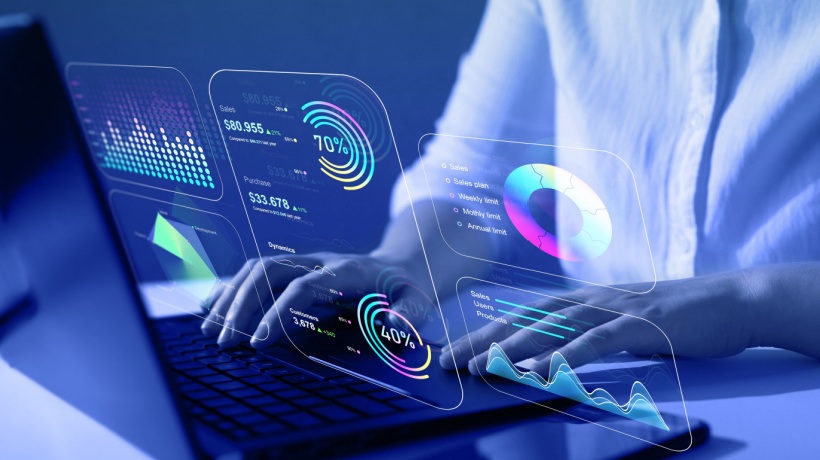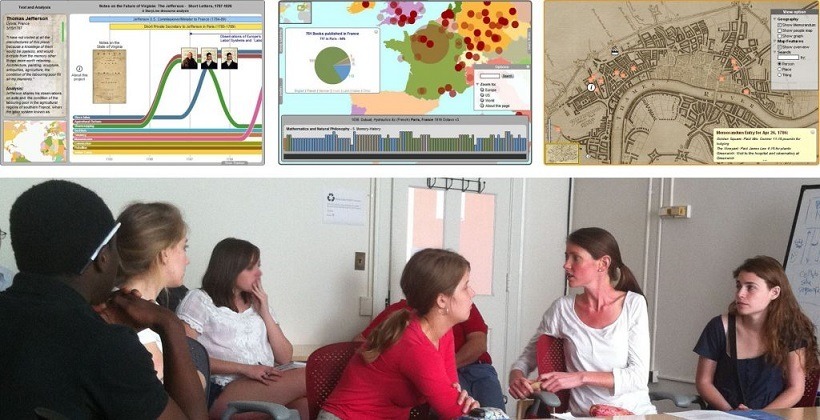The Importance Of Data Visualization In eLearning
Data collection and analysis is a big thing nowadays, with as much as 75% of all global companies set to invest in data collection and analysis by the next decade. But what is this data and how can it help organizations? Well, data is simply another word for information, and in business, information is everything. This information could help businesses reach potential customers better, it might help healthcare cure a disease, it might make the manufacturing of goods easier, boost a company's revenue, or other countless things. But when we talk about data, it is usually the machine-readable information we refer to, as opposed to information which can be understood by humans. To ensure that the data collected by an organization is of use and of some meaning to its employees, it is important for the facilitators of learning in this organization to know data visualization.
What Is Data Visualization?
As it is obvious from the term itself, data visualization refers to converting machine-readable, abstract information into a visual format that can be understood by humans. When it comes to L&D (Learning and Development), the data that needs visualization could be statistical information, scores, progress, or any other information deemed important to be shared with employees/learners in the organization. Data is converted into a visual format (i.e., into graphics with different spatial properties, such as length, height, color, position, area or size), which enables learners to understand data that would have been very difficult to explain otherwise. Creating data visualizations is easy, and most employees have probably seen data visualizations before in the form of bar charts, pie charts, box-and-whisker plots, and bubble charts or maps. Now let us delve deeper into why L&D professionals should know data visualization.
How Data Visualization Can Help Employees
1. It Can Help Employees Explore Data
Data is created in dumps, which, when visualized, help employees make sense of it, explore it and ascertain patterns and trends from it. This can help them understand the subject at hand much better than any other type of content format ever could. It also helps them be inquisitive about data, raising questions in their minds about why such patterns and trends emerge, which they will then seek answers for.
2. It Explains Data In The Form Of A Story
Storytelling is an important strategy to help the human mind understand information, and data visualization can do that. Designers just have to make sure that they take good data, convert it into a graphic format, make it engaging and attention-grabbing, present the data in progressive slides that help learners compare data and build on previous data, all without over-simplifying or complicating it. Doesn’t sound simple, does it? It is, once the designers get the hang of it. Remember that the objective is to tell a story by creating a chain of data visualizations that all relate to each other.
3. It Can Help L&D Teams
While the L&D team collects, analyzes and then transforms data into visualizations for learners, data visualizations can help the L&D team measure outcomes and determine the effectiveness of their training themselves. After all, not everyone in the L&D team will be adept at data analysis. L&D teams have to understand how their efforts are adding value to the organization, and data visualizations are the way to do it.
4. It Can Help Explain Metrics To Stakeholders, Customers, And Clients
Of course, it isn’t enough for the L&D team to understand the data collected during training, as they are answerable to the stakeholders of the organization. This can be a little confusing to stakeholders who require straight facts and statistics and don’t have the patience for long explanations. Data visualizations are once again the way to go as they can help stakeholders understand in a clear way how training is boosting job performance and the growth of the organization. In the same way, data visualizations can be used to explain metrics and statistics to customers as well as clients, who, just like the stakeholders, want complex data to be explained to them in an easy manner.
Data visualizations are, simply put, a great way for an organization to represent several types of data in clear, engaging and accurate visuals. As explained in the above points, they can help not only in L&D but in the operations of the organization as well. Learning data visualizations thus might be the best thing L&D professionals do for their organization.










